Front Porch Revival: How Historic Design Creates Modern Magic
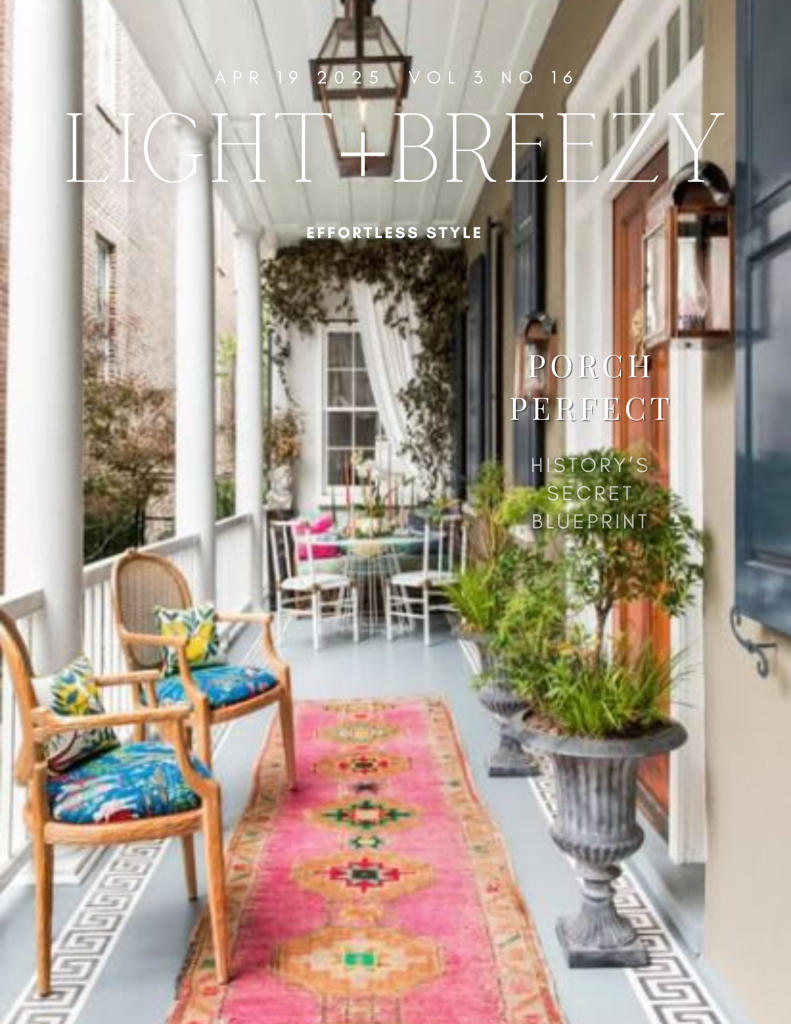
Heritage Design Creates Modern Connection
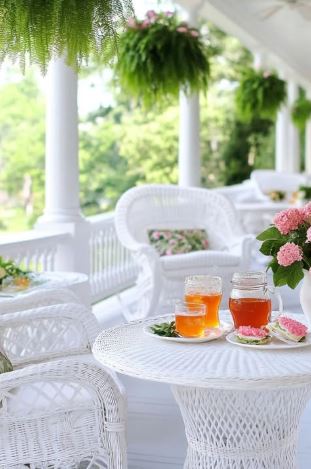
In an age where digital connections often overshadow physical ones, the humble front porch stands as a delightful rebellion—a stage where neighborhood stories unfold and genuine connections blossom. Today’s most captivating porches aren’t showcasing the latest trends, but rather drawing inspiration from history’s timeless playbook. The secret to creating a front porch that becomes both your sanctuary and the neighborhood’s subtle envy lies in understanding that what worked a century ago still captures hearts today.
The Porch Renaissance

The American front porch wasn’t always just an architectural feature; it was the original social network. Before air conditioning drove us indoors and television captured our evenings, porches served as community hubs where conversations flowed as freely as lemonade on a summer afternoon. Today’s homeowners are rediscovering this forgotten space, recognizing that in our hyper-connected yet somehow disconnected world, the front porch offers something screens cannot—authentic presence.
“When I restored my porch based on historic photographs of the house, I didn’t expect it to change our family life,” shares Melanie Winters, whose 1910 Craftsman home in Charleston boasts a porch that stops passersby in their tracks. “Now neighbors drop by, my teenagers actually sit with us without being asked, and I’ve written half my novel sitting in that rocker.”
Architectural Anchors: The Bones of Historic Porches

Historic porches weren’t just slapped onto house fronts as afterthoughts—they were carefully designed transitions between public and private space. The architectural elements that made them special then create the same magic now.
Consider the classical column, not just as structural support but as a statement. Whether your home leans toward Greek Revival grandeur or Craftsman simplicity, the right column style anchors your porch in architectural integrity. Modern materials mean today’s homeowners can install these historic nods without the maintenance headaches of yesteryear.
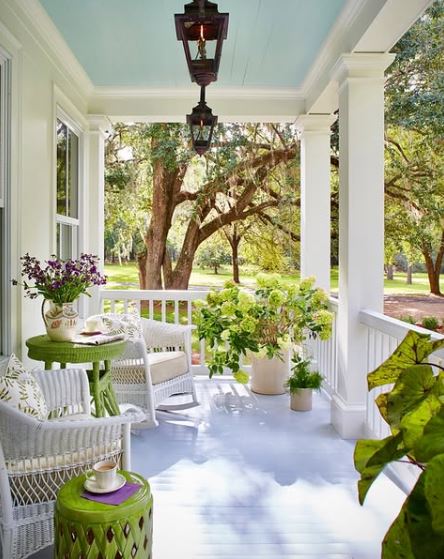
The ceiling of your porch deserves equal attention. The soft blue known as “haint blue” in Southern traditions wasn’t just pretty—folklore held it kept evil spirits away. While you might not worry about spirits, that traditional soft blue-green ceiling creates an ethereal continuation of the sky, making any porch feel more expansive and serene.
The Conversation Landscape
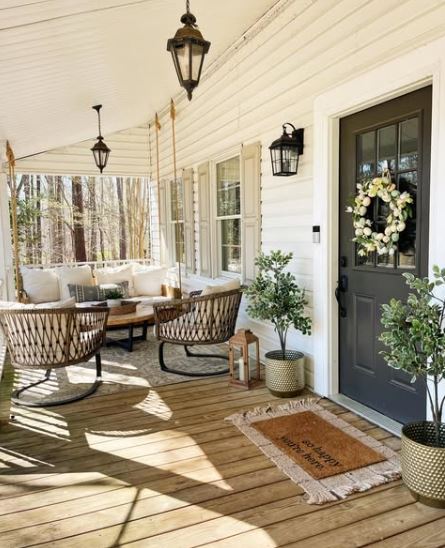
Historic porch furniture wasn’t selected for Instagram worthiness; it was chosen for conversation and comfort. The gentle rhythm of rocking chairs naturally slows racing thoughts and encourages lingering talks. A porch swing isn’t just seating—it’s permission to pause.
“The finest porches create invisible traffic patterns,” explains historical architect Devon Montgomery. “They guide visitors naturally from entry to seating without awkward moments. It’s choreography written in furniture placement.”
This choreography isn’t complicated. Position seating to face both the street (for people-watching, an art form our ancestors perfected) and each other (for conversations). A small side table becomes the stage for cold drinks or morning coffee. A vintage trunk does double-duty as coffee table and storage for blankets when evening brings a chill.
The Sensory Experience
Historic porches engaged all senses—something worth recapturing. The gentle creaking of floorboards underfoot. The scent of potted gardenias or climbing jasmine. The dappled light through wisteria vines. The porch was never meant to be sterile or perfect; it was designed to be alive.
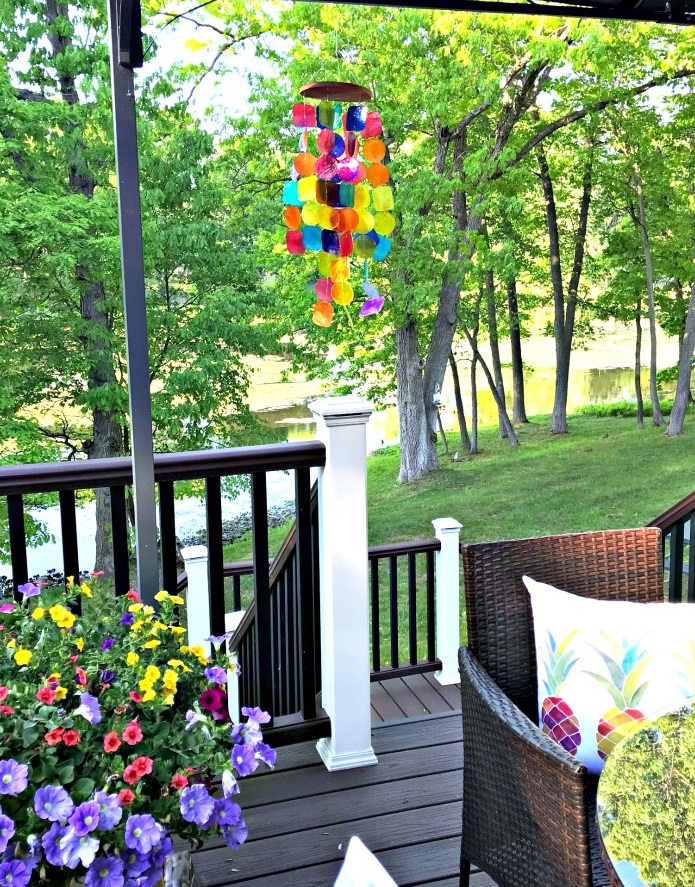
Consider how sound plays on your porch. Wind chimes were practical before they were decorative, signaling weather changes to agricultural communities. Today, their gentle tones mask traffic noise and create atmosphere. Similarly, the burble of a small fountain can transform a porch into a retreat.
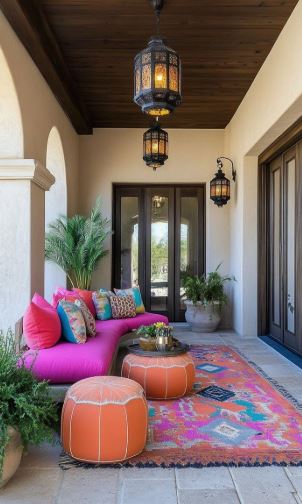
Lighting transforms porches from daytime perches to evening sanctuaries. Before electrical convenience, porches were lit with lanterns and candles—creating pools of golden light rather than flat illumination. Recreate this intimacy with vintage-inspired fixtures that cast warm light downward, highlighting conversation areas while respecting the night sky.
The Living Canvas
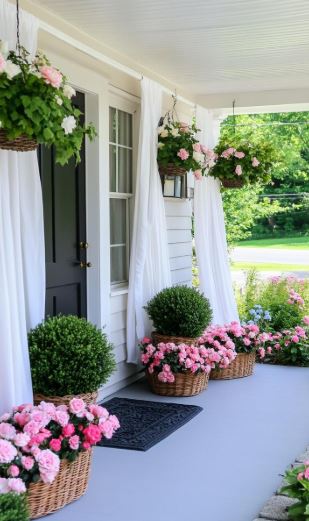
Where modern design often separates home from nature, historic porches embraced the blending of the two. Hanging ferns, potted herbs, and climbing roses weren’t just decorative touches but connections to the natural world.
“Historic photographs show porches that were far more lush than we typically see today,” notes garden historian Elizabeth Chen. “Plants weren’t accessories—they were essential elements that provided privacy, shade, and sensory delight.”
This living porch strategy translates beautifully to contemporary homes. Arrange plants at varying heights—hanging baskets overhead, substantial planters anchoring corners, potted herbs on tables releasing fragrance when brushed. Choose heritage varieties that would have been familiar to your home’s original era for an extra layer of authenticity.
The Seasonal Stage
Perhaps the most charming aspect of historic porch tradition was its seasonality. Unlike interior spaces that remained relatively static, porches transformed with the calendar. Lighter textiles and lemonade pitchers in summer gave way to woolen throws and hot cider urns in autumn.
This seasonal responsiveness keeps your porch feeling fresh and intentional. Spring might bring potted bulbs and botanical throw pillows, while winter welcomes evergreen garlands and lanterns. These transitions make your porch not just a space but a living calendar marking time in tangible ways.
The Invitation Home
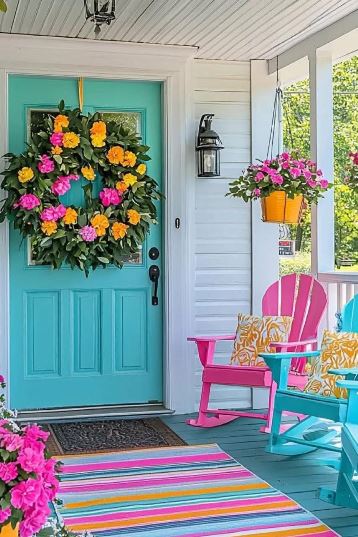
The front door itself—the threshold between porch and home—deserves special consideration. In historical contexts, door colors often carried meaning: red for welcome, green for growth, blue for protection. The hardware was substantial, the doormat was personalized.
These threshold elements create the final notes of your porch symphony. A door painted in a heritage color appropriate to your home’s era, fitted with period-inspired hardware, becomes more than entrance—it becomes statement. A substantial doormat in natural materials offers both practicality and personality.
The Neighborhood Stage
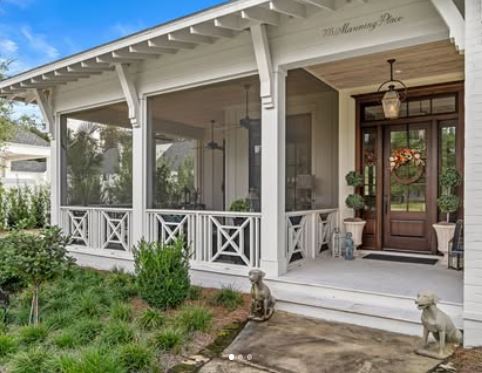
The most successful historic-inspired porches don’t exist in isolation—they engage with the street and community beyond. They invite interaction rather than stand aloof.
“There’s a reason the best porches are elevated just slightly above street level,” observes urban planner Javier Rodriguez. “They create the perfect balance—you’re part of the neighborhood life while maintaining your personal territory.”
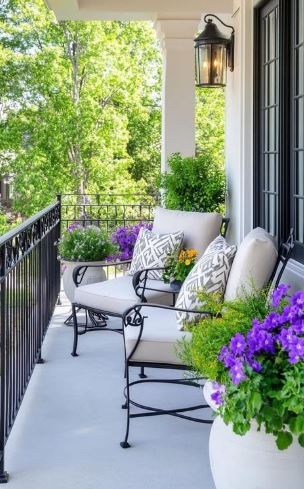
Consider how your porch presents itself to passers-by. Is there visual interest that rewards those walking by? Does it signal openness to conversation while maintaining privacy? The nuanced balance between welcome and withdrawal is the true art of porch design.
In reviving historic porch traditions, we’re not simply decorating—we’re reclaiming a cultural space where authenticity thrives. When we look to the past for porch inspiration, we’re not being nostalgic but rather rediscovering timeless principles of how humans connect with each other and with place.
Your front porch, informed by history but living in the present, becomes more than property value enhancement—it becomes the stage where your home’s story unfolds, one conversation, one season, one memory at a time.
